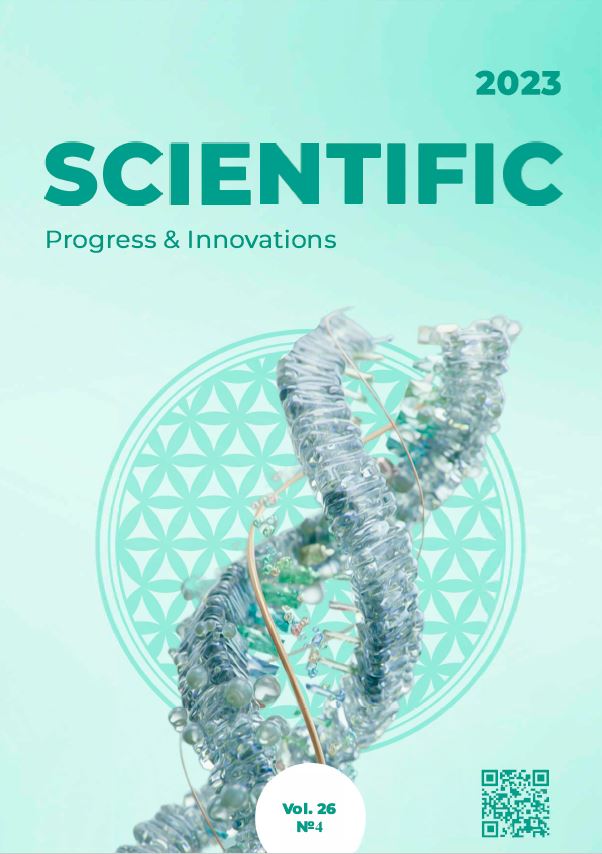Level of contamination of environmental facilities due to chorioptosis
DOI:
https://doi.org/10.31210/spi2023.26.04.17Keywords:
parasitology, chorioptosis, cattle, ticks, environmental objects, contamination indicatorsAbstract
Acariform ticks, which are permanent ectoparasites of animals, belong to highly specialized parasites that spread mostly by contaminant means. The possibility of infection of animals in most cases occurs through direct contact, as well as through the transmission of pathogens through facilities of livestock premises where infested animals are kept. An important place in the assessment of the activity of the epidemic process in parasitic diseases belongs to the results of sanitary and parasitological studies, because they contribute to determining the state of one of the key elements – the mechanism of pathogen transmission. The aim of the research was to establish the level of contamination of various environmental objects by ticks of the Chorioptes bovis species depending on the way cattle are kept. The highest rates of contamination by chorioptes were found in the untethered way of keeping animals, where the extensive and intensive index of contamination was: bedding from the places where the animals are located – 100 % and 257.50 spec./kg, scrapings from objects that the animals scratch against – 100 % and 194 ,38 spec./kg, bedding from the center of the room – 90 % and 80.56 spec./kg. Lower values of tick contamination were found when examining the litter taken from the corners of the room, where the extensive and intensive index of contamination was 50 % and 43.75 spec./kg. With the tethered method of keeping cattle, the extensive contamination index turned out to be lower than without tethering, and ranged from 15 to 45 %, and the intensive contamination index – from 41.67 to 90.28 spec./kg, where the maximum the level of contamination with acariform mites was determined in samples taken from litter and scrapings from objects located in the area of the animals' heads. At the same time, chorioptes were not found in the litter collected from the corners of the room. The obtained data make it possible to expand the already existing information on the mechanism of transmission of Chorioptes bovis acariform ticks among susceptible animals and will allow to increase the effectiveness of planning preventive measures for chorioptosis in cattle.

 Creative Commons Attribution 4.0 International Licens
Creative Commons Attribution 4.0 International Licens